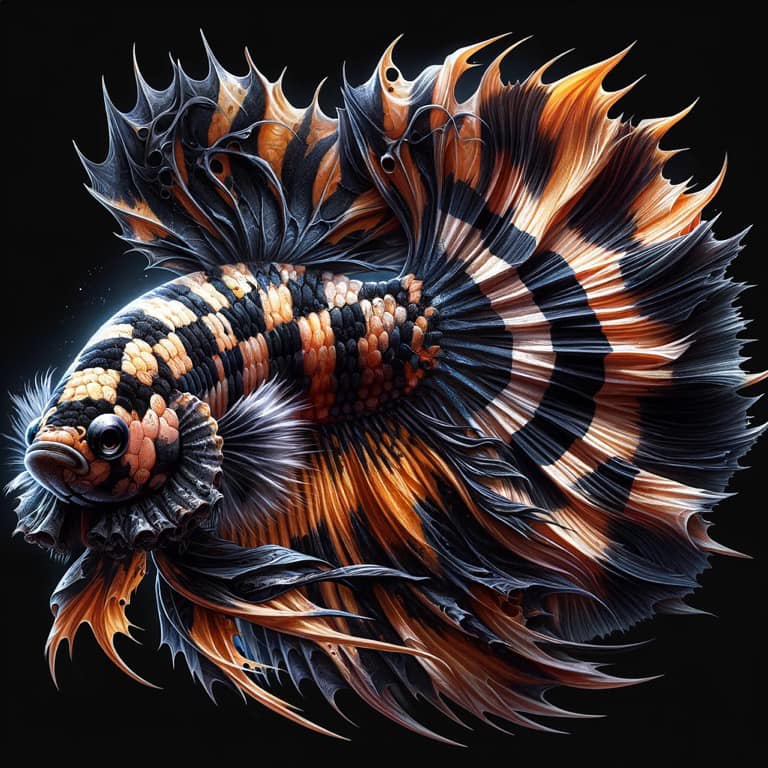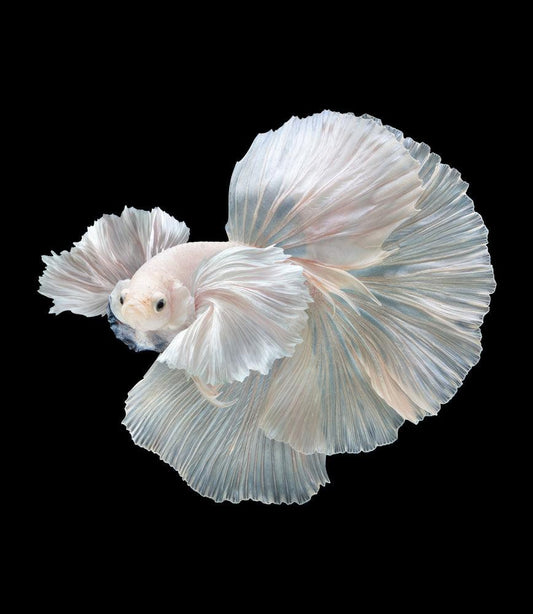Betta Fish Diet: What to Feed Your Betta for Optimal Wellness
Betta Fish Diet: What to Feed Your Betta for Optimal Wellness
Blog Article
How to Breed Betta Fish Successfully: Expert Strategies and Insights for Hobbyists Wanting To Expand Their Betta Collection
Breeding Betta fish requires a nuanced understanding of genes and environmental problems, making it important for hobbyists to come close to the process with both diligence and care. Developing an ideal reproduction atmosphere, selecting the appropriate sets, and observing the ins and outs of their courtship actions are foundational actions that can dramatically impact the result. The subsequent treatment of the fry is important for guaranteeing their healthy advancement. As we explore these essential elements, it comes to be clear that successful reproduction is not nearly the preliminary pairing but encompasses a broader approach that qualities cautious consideration.
Comprehending Betta Fish Genes
Comprehending the genetics of Betta fish is crucial for effective reproduction, as it influences attributes such as color, fin shape, and behavior. Betta fish show a diverse variety of colors and patterns, mainly established by their hereditary makeup. The main genes in charge of pigmentation consist of the "B" gene for blue, "D" genetics for red, and the "C" genetics for shade strength. Breeders can adjust these traits by choosing specific moms and dad fish that show wanted features.
In enhancement to pigmentation, fin morphology is an additional substantial element of Betta genetics (betta fish). The shape and size of fins are affected by various genes, including those that establish whether the fins are short, long, or veil-shaped. Recognizing these genetic variations aids breeders predict the phenotypic results of their spawn
Furthermore, behavior qualities such as aggression and territoriality can also be influenced by genes. These habits play an important role in the breeding process, as they can influence generating success and the total personality of the resulting fry. By comprehensively recognizing these genetic principles, breeders can make informed decisions, eventually improving their breeding programs and accomplishing preferable results.
Preparing the Breeding Atmosphere
Developing an optimal breeding setting is vital for the successful reproduction of Betta fish. The very first step in preparing this atmosphere is to select a suitable breeding container, preferably ranging from 5 to 10 gallons. This size permits sufficient swimming area and the facility of areas. The storage tank should be equipped with a heater to keep a secure temperature in between 78 ° F and 80 ° F, which is essential for motivating generating behavior.
Next, consider the usage of a sponge filter or an air stone to provide gentle water blood circulation without producing solid currents that can emphasize the fish. It is necessary to install plants or reproducing cones to use concealing places and promote comfort for the female throughout the spawning procedure. Drifting plants, such as Java moss or water sprite, can likewise produce a much more natural atmosphere while facilitating bubble nest structure by the male.
Before introducing the reproducing pairs, ensure the water is conditioned and totally free from dangerous chemicals, such as chlorine or heavy metals. betta fish. Routine water modifications need to be carried out to preserve ideal water top quality, enhancing the possibilities of effective reproduction. With these prep work in position, the navigate here breeding atmosphere will certainly support the wellness and wellness of both Betta fish
Selecting Reproduction Pairs
Picking the right my link reproduction sets is crucial for achieving effective Betta fish reproduction. Healthy Betta fish show vivid colors, clear eyes, and active behavior.
Character is another essential factor to consider, as Betta fish are known for their aggressive nature. It is a good idea to choose a male and female that display compatible temperaments to decrease tension during the reproducing procedure. A tranquil man can motivate a smoother courtship, while a lady that is as well hostile might disrupt the procedure.
Hereditary history also plays a significant duty in the quality of the offspring. Breeding fish that are genetically diverse can reduce the danger of hereditary health and wellness concerns and enhance the total vitality of the fry. It is advantageous to investigate the family tree of both the man and female, focusing on preferable attributes such as fin type, color scheme, and dimension.
The Breeding Refine
The reproduction process of Betta fish requires careful preparation and attention to detail to ensure a successful result. Originally, it is essential to prepare an appropriate breeding container, ideally a 5-10 gallon fish tank with a temperature preserved at 78-80 ° F. The storage tank needs to be outfitted with a heater, filter (ideally sponge kind to stay clear of solid currents), and lots of water plants for the woman to conceal.
Once the setting is established, introduce the selected reproducing set to the storage tank, allowing them to accommodate. Observe their actions; the male will certainly present intricate courtship rituals, including flaring his fins and building a bubble nest. If the woman shows passion, she will show upright red stripes indicating readiness for spawning.
When the female is like it receptive, the set will take part in a breeding welcome, throughout which the male feeds the eggs. It is vital to check their communications carefully, as the male may end up being hostile. After spawning, remove the woman to protect against prospective damage. The man will certainly tend to the eggs, which generally hatch within 24-36 hours. Maintaining ideal water conditions during this period is necessary for the advancement of healthy and balanced Betta fry.
Caring for Betta Fry

Feeding Betta fry is critical, as they call for a diet plan high in healthy protein. They can be fed infusoria or fluid fry food, transitioning to carefully smashed high-grade pellets as they grow. Feed little portions numerous times a day to encourage healthy and balanced development without overwhelming the container with leftover food.

As they develop, check their development very closely and divide any hostile individuals to avoid harm. By supplying a nurturing atmosphere and proper nutrition, enthusiasts can successfully elevate Betta fry right into vibrant, healthy fish, inevitably enhancing their reproduction endeavors.
Conclusion
Effective Betta fish breeding calls for thorough interest to hereditary selection, ecological problems, and treatment for the fry. By recognizing the genetics of Betta fish and preparing an appropriate breeding setting, hobbyists can improve the opportunities of producing dynamic, healthy offspring.
Report this page